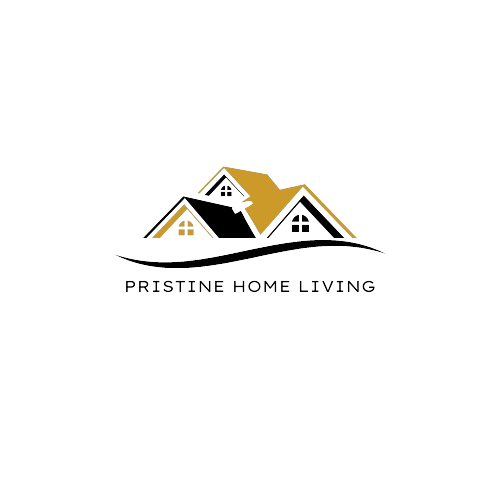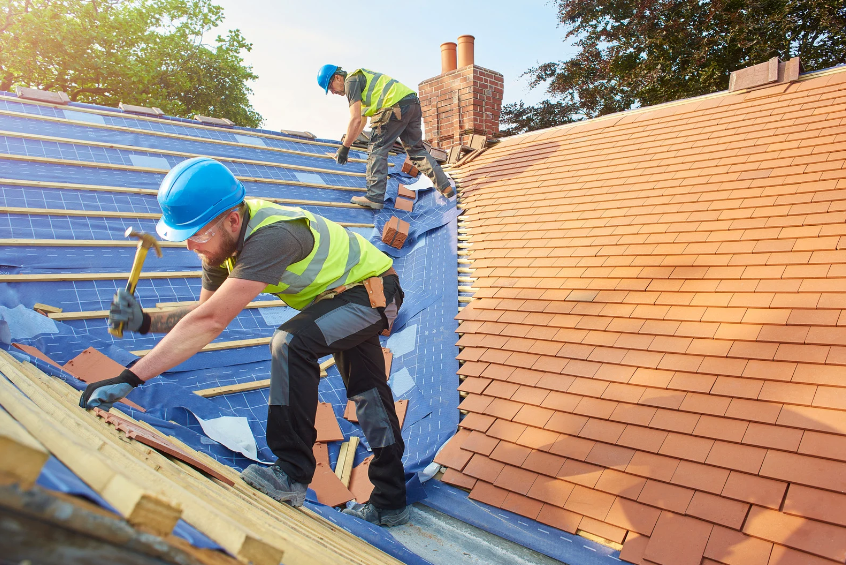Your roof plays a critical role in protecting your home from the elements. However, various weather elements can significantly impact your roof’s integrity, leading to the need for timely roof repair. Understanding how these factors affect your roof can help homeowners take proactive measures to maintain their roofs and avoid costly repairs in the long run.
Understanding the Different Weather Elements
Rain
Rainfall can have a devastating effect on roofs over time, especially when it becomes prolonged. Water can seep into cracks and gaps, causing leaks that may result in structural damage and mould growth. Regular roof repair is essential to address any signs of leaks promptly. Installing proper drainage systems, such as gutters, can help divert rainwater away from your roof and reduce the likelihood of damage.
Snow and Ice
In colder climates, snow accumulation and ice dams can pose significant challenges for roofs. The weight of heavy snow can lead to structural stress, while ice dams form when melting snow refreezes at the roof’s edge, preventing proper drainage. Both situations can lead to leaks and require immediate roof repair to mitigate further damage. Homeowners should consider removing snow from their roofs and ensuring adequate insulation to prevent ice build-up.
Wind
Strong winds can be particularly harmful to roofs, lifting shingles and causing them to detach from the structure. This not only exposes the underlying layers to potential water damage but also increases the chances of debris infiltration. Regular roof inspections are crucial to identify wind damage early, allowing for prompt roof repair before the situation escalates into more severe problems.
Sunlight and Heat
Prolonged exposure to sunlight and extreme heat can cause roofing materials to deteriorate over time. UV rays can weaken shingles, leading to cracks and curling. This deterioration can lead to leaks and necessitate roof repair. Homeowners should consider reflective roofing options or materials designed to withstand high temperatures, ultimately prolonging the lifespan of their roofs.
Signs of Weather-Related Roof Damage
Leaks and Stains
One of the most noticeable signs of roof damage is the appearance of leaks and stains on ceilings or walls. These stains are often indicative of underlying water infiltration that requires immediate roof repair to prevent extensive damage to your home’s interior.
Missing or Damaged Shingles
Regularly checking for missing or damaged shingles is essential. Shingles that are curling or lifting can expose your roof to further weather-related damage. Prompt roof repair can prevent more extensive issues down the line.
Sagging Roof Lines
If your roof appears to sag, this is a clear sign of structural issues that require urgent roof repair. A sagging roof can indicate severe water damage or compromised support structures, necessitating immediate attention.
Mold and Mildew Growth
Mold and mildew thrive in damp conditions, often resulting from roof leaks or poor ventilation. If you notice mould growth, it may signal the need for roof repair to address the underlying moisture issues and prevent health hazards for your family.
Common Roofing Materials and Their Vulnerabilities
Asphalt Shingles
Asphalt shingles are widely used due to their affordability, but they can be vulnerable to wind and UV damage. Regular inspections are essential to identify signs of wear and tear, allowing for timely roof repair before minor issues become significant problems.
Metal Roofing
Metal roofs are known for their durability but can still sustain dents from hail or debris during storms. While metal roofing requires less frequent roof repair, it’s vital to monitor for any signs of damage after severe weather events.
Tile and Slate
Tile and slate roofs offer aesthetic appeal and longevity but can crack under extreme temperature changes. Routine inspections and roof repair are necessary to maintain the integrity of these materials and avoid costly replacements.
The Importance of Regular Roof Inspections
Routine roof inspections are essential for identifying potential damage caused by weather elements. Homeowners should aim to conduct inspections at least twice a year, particularly after severe weather events. By being proactive and addressing minor issues through roof repair, homeowners can extend the lifespan of their roofs and safeguard their homes from more significant problems.
When to Call a Professional for Repairs
DIY vs. Professional Help
While some minor roof repairs can be managed as DIY projects, significant damage often requires professional intervention. Homeowners should assess their comfort level and expertise when deciding whether to tackle repairs independently. If there are doubts, contacting a professional for roof repair is always the safest choice.
Signs You Need Immediate Professional Assistance
If you notice extensive leaks, significant sagging, or widespread damage to shingles, it’s time to call in professionals. Prompt roof repair in these situations can prevent further complications and preserve the structural integrity of your home.
Tips for Protecting Your Roof from Weather Elements
Proper Insulation and Ventilation
Proper insulation and ventilation are crucial for preventing ice dams and overheating. By maintaining a well-insulated attic, homeowners can reduce the risk of snow melting and refreezing on their roofs, which minimizes the need for roof repair.
Regular Cleaning and Maintenance
Keeping gutters and downspouts clear of debris is essential for effective drainage. Regular maintenance helps prevent water from pooling on the roof, reducing the likelihood of leaks and the need for roof repair.
Investing in Quality Roofing Materials
Selecting high-quality roofing materials suited for your local climate can significantly impact your roof’s durability. Investing in durable materials can reduce the frequency of roof repair, saving homeowners time and money in the long run.
Takeaway
Understanding how weather elements impact your roof is crucial for maintaining its integrity and longevity. Regular inspections and timely roof repair are key to addressing potential issues before they escalate. By taking proactive measures, homeowners can ensure their roofs withstand the test of time and protect their homes from the elements.










